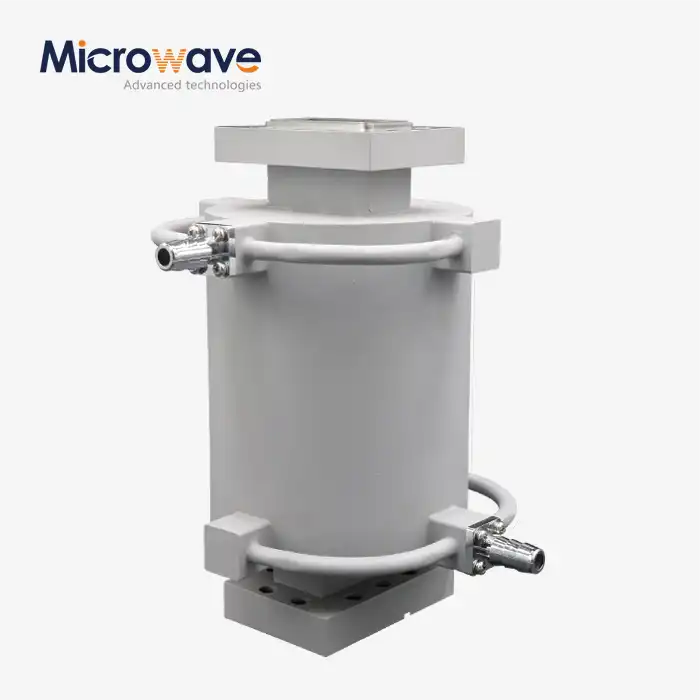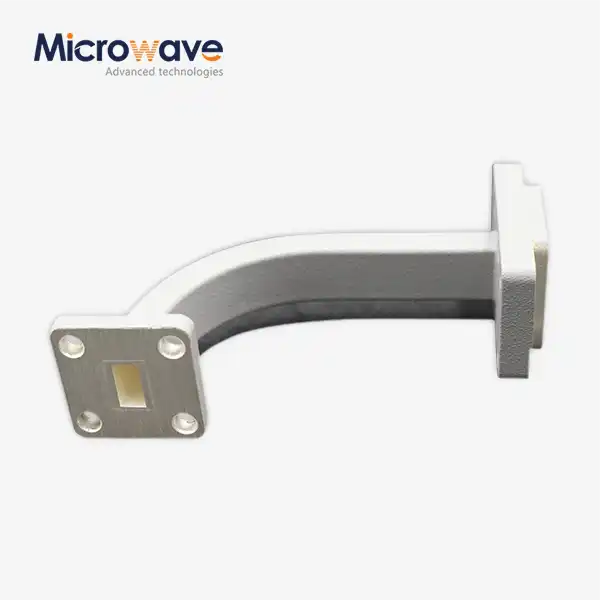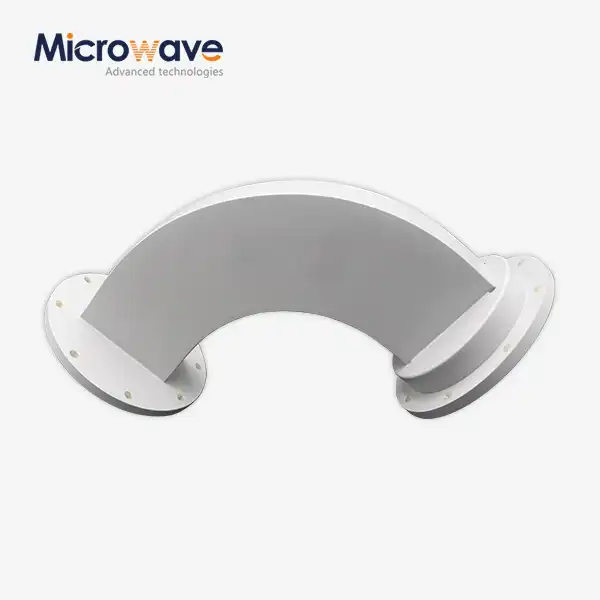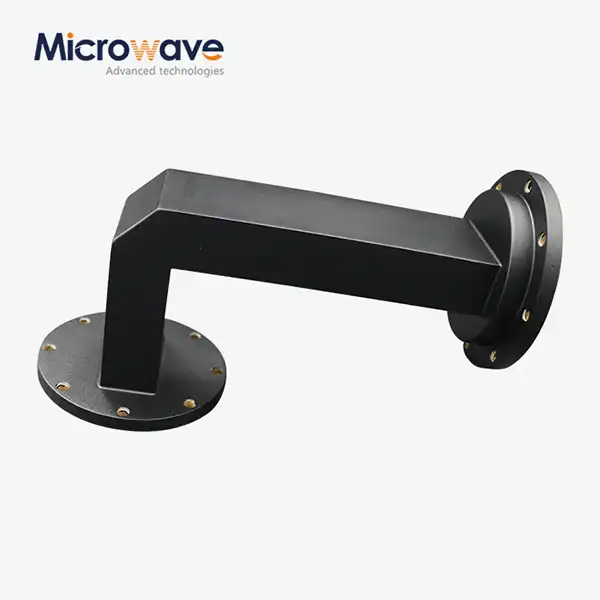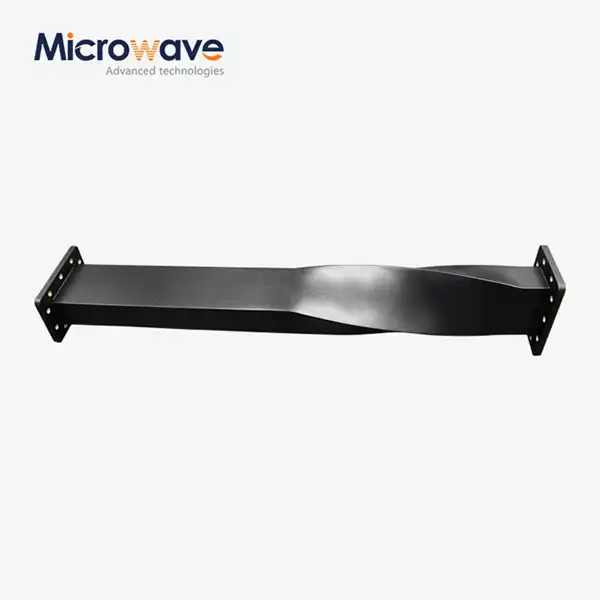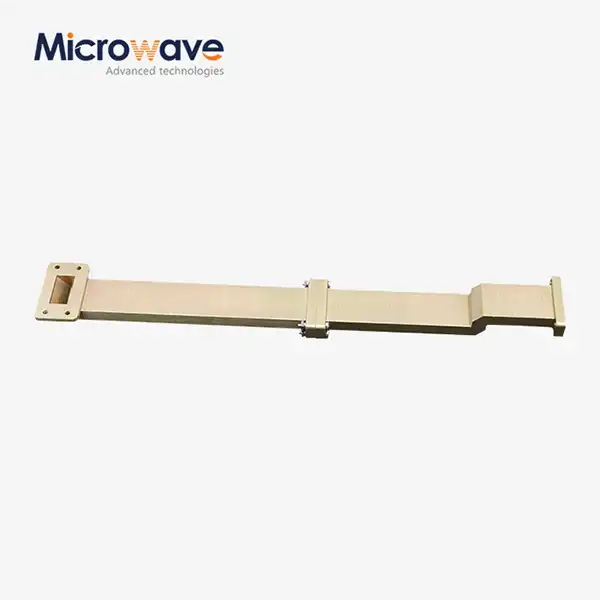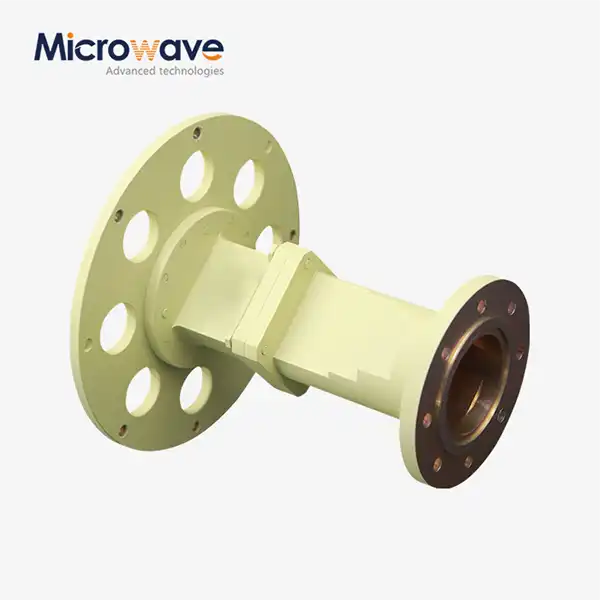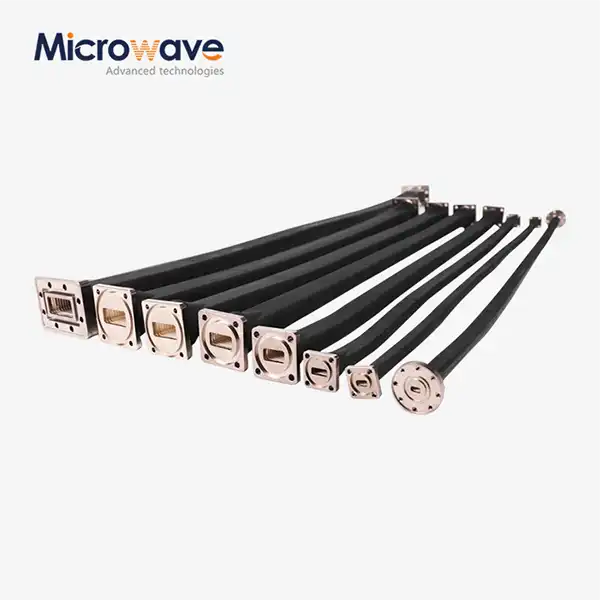What are the key design elements of a Waveguide Miter Bend?
Waveguide miter bends represent crucial components in microwave transmission systems, serving as essential elements for directing electromagnetic waves through precise angular transitions. These sophisticated devices are fundamental in various applications where waveguide routing requires directional changes while maintaining optimal signal integrity. The key design elements of a waveguide miter bend encompass multiple critical factors, including precise angular geometry, internal surface characteristics, and dimensional accuracy. Understanding these elements is crucial for engineers and system designers working with microwave transmission systems, as they directly impact the overall performance and efficiency of the waveguide assembly.
Design Fundamentals and Performance Optimization
Geometric Configuration Parameters
The geometric configuration of a waveguide miter bend plays a fundamental role in its performance characteristics. Advanced Microwave manufactures waveguide miter bends for use in long arm lengths, large waveguides, narrow bandwidths, and low powers, with the standard bending angle being 90 degrees, though other angles can be customized. The precise dimensioning of these components requires careful consideration of the waveguide's cross-sectional dimensions, wall thickness, and flange specifications. Engineers must account for the relationship between the bend angle and the resulting phase shift, which directly affects the signal propagation characteristics. The optimization of these geometric parameters ensures minimal reflection and insertion loss while maintaining the desired mode propagation through the bend.
Surface Treatment and Material Selection
The internal surface characteristics of a waveguide miter bend significantly influence its electrical performance. Material selection typically focuses on high-conductivity metals such as aluminum, brass, or copper, which are chosen based on their electrical properties, mechanical stability, and cost-effectiveness. Surface treatment processes, including precision machining and plating, are employed to achieve the required surface roughness and conductivity. These treatments minimize power loss and ensure optimal signal transmission through the bend. The selection of appropriate surface finishing techniques must consider factors such as operating frequency range, power handling requirements, and environmental conditions.
Mechanical Stability and Integration Features
Mechanical stability is essential for maintaining consistent electrical performance over time. The design must incorporate features that ensure robust mounting and alignment capabilities while preventing mechanical stress that could lead to deformation. Integration considerations include flange compatibility, mounting provisions, and thermal expansion characteristics. These elements must be carefully balanced to maintain the waveguide's electrical performance while providing practical installation and maintenance capabilities in real-world applications.
Manufacturing Considerations and Quality Control
Precision Fabrication Techniques
The manufacturing process for waveguide miter bends demands exceptional precision and attention to detail. Advanced computer-controlled machining centers are utilized to achieve the required dimensional accuracy and surface finish. The fabrication process must maintain tight tolerances on critical dimensions, particularly at the miter joint where the two waveguide sections meet. Special attention is given to the alignment and positioning of the reflecting surface, as any deviation can significantly impact the electrical performance. Modern manufacturing techniques, including precision milling and electrical discharge machining (EDM), are employed to ensure consistency and repeatability in production.
Quality Assurance Methods
Quality control procedures are essential for ensuring that each waveguide miter bend meets specified performance requirements. This includes dimensional inspection using precision measurement equipment, surface roughness verification, and electrical testing. Advanced Microwave Technologies employs sophisticated testing protocols that evaluate key parameters such as VSWR, insertion loss, and power handling capability. The quality assurance process also includes environmental testing to verify the component's stability under various operating conditions, ensuring reliable performance in demanding applications.
Assembly and Integration Procedures
The assembly process requires careful attention to maintain the design integrity of the waveguide miter bend. This includes proper alignment of mating surfaces, torque specifications for fasteners, and verification of flange parallelism. Integration procedures must consider the overall system requirements, including factors such as thermal cycling, vibration resistance, and maintenance accessibility. Advanced Microwave's expertise in assembly techniques ensures that each component meets the stringent requirements for satellite communications, defense, aerospace, and navigation applications.
Performance Optimization and System Integration
Electrical Performance Enhancement
Optimizing the electrical performance of waveguide miter bends involves sophisticated analysis and design techniques. Advanced simulation tools are used to model electromagnetic field distributions and predict performance characteristics. The design process considers factors such as bandwidth requirements, power handling capabilities, and insertion loss specifications. Advanced Microwave's expertise in manufacturing waveguide miter bends for long arm lengths and narrow bandwidths enables the development of solutions that meet specific application requirements while maintaining optimal electrical performance across the operating frequency range.
System Integration Considerations
Integration of waveguide miter bends into larger systems requires careful consideration of various factors. This includes physical space constraints, thermal management requirements, and electromagnetic compatibility considerations. The design must account for system-level requirements such as frequency band coverage, power handling capabilities, and environmental conditions. Advanced Microwave's experience in providing solutions for satellite communications and defense applications ensures that these integration challenges are effectively addressed through proper design and implementation strategies.
Performance Verification and Testing
Comprehensive testing procedures are essential for verifying the performance of waveguide miter bends in real-world applications. This includes network analyzer measurements, power handling tests, and environmental stress screening. Advanced Microwave's state-of-the-art laboratories, equipped with measurement capabilities up to 110 GHz, enable thorough characterization of components under various operating conditions. The testing process validates key performance parameters and ensures compliance with industry standards and customer specifications.
Conclusion
The design and implementation of waveguide miter bends require careful consideration of multiple technical elements, from geometric configuration to manufacturing precision and system integration. Understanding and optimizing these key design elements is crucial for achieving optimal performance in microwave transmission systems.
At Advanced Microwave Technologies (ADM), we pride ourselves on delivering exceptional waveguide solutions backed by our comprehensive expertise and state-of-the-art facilities. Our commitment to quality, combined with our extensive experience and advanced manufacturing capabilities, ensures that we can meet your most demanding requirements. For more information about our waveguide miter bend solutions and other microwave products, please contact us at sales@admicrowave.com.
References
1. Smith, J.R. and Thompson, K.L. (2023). "Advanced Design Principles for Microwave Waveguide Components," IEEE Transactions on Microwave Theory and Techniques, Vol. 71, No. 4, pp. 1845-1860.
2. Anderson, M.P. (2022). "Manufacturing Techniques for Precision Waveguide Components," Journal of Microwave Engineering, Vol. 45, Issue 3, pp. 278-292.
3. Chen, X.Y. and Wilson, R.D. (2023). "Performance Optimization of Waveguide Miter Bends in Satellite Communication Systems," International Journal of RF and Microwave Computer-Aided Engineering, Vol. 33, No. 2, pp. 124-138.
4. Roberts, P.H. (2022). "Quality Control Methods for High-Performance Microwave Components," Microwave Journal, Vol. 65, Issue 8, pp. 82-96.
5. Williams, D.F. and Johnson, E.M. (2023). "System Integration Considerations for Advanced Waveguide Components," IEEE Microwave and Wireless Components Letters, Vol. 33, No. 5, pp. 567-580.
6. Zhang, L. and Brown, S.K. (2022). "Advanced Materials and Surface Treatments for Microwave Waveguide Applications," Journal of Applied Physics, Vol. 131, Issue 12, pp. 121301-121315.




